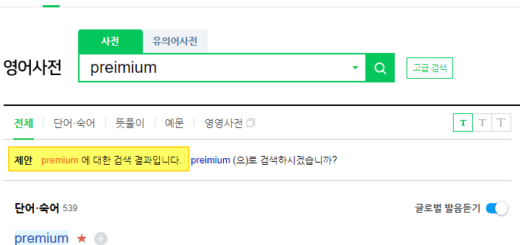DA# Macro(3): DA# Macro Function(2)-Attribute Get/Set
Let's take a look at the Da# Macro Attribute Get/Set function. This is a continuation of the previous article. DA# Macro(2): DA# Macro function(1)-Common function, Entity Get/Set 2.3.DA# Macro Attribute Get/Set 2.3.1. Attribute Get Get Attribute: Open the models selected in the “Select Model” window in turn and bring the attribute information of the entire entity to Excel. In this case, line 3...



















